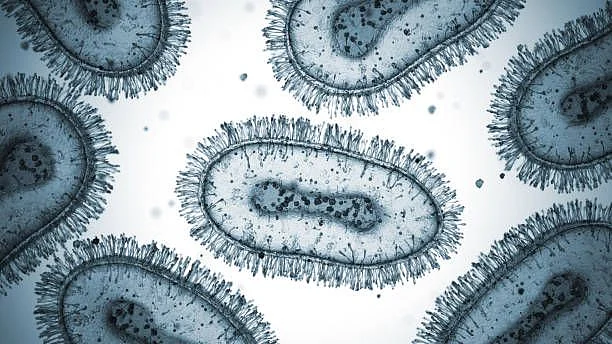We are aware of diseases like dengue, typhoid, malaria, etc due to the commonness of their existence. Because they are so common, there are also resources to fight them. But what about the diseases we've rarely or never heard of?
Rare diseases are the types of diseases that affect a very small percentage of the world's population. Gaucher disease is one such rare disease, which is an inherited metabolic disorder.
October is marked as the "International Gaucher Disease Awareness Month."
To gain a better understanding and knowelege of this disease, FIT spoke to Dr Aashka Prajapati, Neuberg Centre for Genomic Medicine, visiting consultant at Sterling Hospital, CIMS Hospital, and the Genetic Care Clinic in Ahmedabad.
We also spoke to Dr. Sankar VH MD, DCH, MNAMS (Paediatrics) DM (Medical Genetics) FIAP, Additional Professor & Geneticist at the SAT Hospital, Government Medical College in Thiruvananthapuram, Kerala. He has over 23 + years of experience in teaching and guiding graduates and postgraduates in a variety of fields. The answers are based on their responses.
What is Gaucher Disease?
Gaucher disease is a rare genetic disorder passed down from parents to children (inherited). Those who have Gaucher disease, have are missing an enzyme that breaks down fatty substances called lipids – which starts accumulating in liver and spleen.
Across the world, 10,000 to 15,000 people are said to have this disease. It is difficult to diagnose, as it is possible in genetic centres, high volume paediatric centres.
Types Of Gaucher
Type 1:This is the most common type and affects about 90% of people with the disease. If you have type 1, you don’t have enough platelets in your blood. This can make you bruise easily and feel very tired.
Type 2: This form of the disease affects babies by age 3 to 6 months – it has more chances of being fatal.
Type 3: Symptoms include skeletal problems, eye movement disorders, seizures, liver and spleen enlargement, among others.
The Symptoms Of Gaucher Disease
Enlarged spleen
Enlarged liver
Eye movement disorders
Yellow spots in the eyes
Not having enough healthy red blood cells (anemia)
Extreme tiredness (fatigue)
Bruising
Lung problems
Seizures
For diagnosis, experts will look at your description of symptoms, medical history of parents, and blood test results.
Challenges in Diagnosis
First of all, early diagnosis doesn't happen. The symptoms start around anytime after one year, from the period of nine months to six months.
Earlier symptoms are very mild, but it is all a progressive disease right, so the manifestations will increase in risk.
An early diagnosis is a challenge for the clinician, because it has subtle symptoms to diagnose.
What Happens If It Is Left Undiagnosed?
Delayed growth
Delayed puberty
Weak bones
Bone pain
Brain damage
Joint pain
Trouble walking or getting around
Not having enough healthy red blood cells (anemia)
Extreme tiredness (fatigue)
Treatment Available
Enzyme replacement therapy
Regular physical exams and bone density screening to check your disease
Bone marrow transplant
Surgery to remove all or part of your spleen
Joint replacement surgery
Do We Need More Progressive Reforms?
India requires reformed policies in the government to particularly identify this rare disease. Earlier diagnosis is needed, and it is more important to track those who benefit from early diagnosis.
They should at least consider a reference center where all Gaucher patients go and get them enzyme replacement if suspected.
If someone suspects very early that they or their children have the rare disease, when a minimal symptoms start, an earlier diagnosis can be made – so that we can ascertain the exact prevalence of the case.
(At The Quint, we question everything. Play an active role in shaping our journalism by becoming a member today.)
